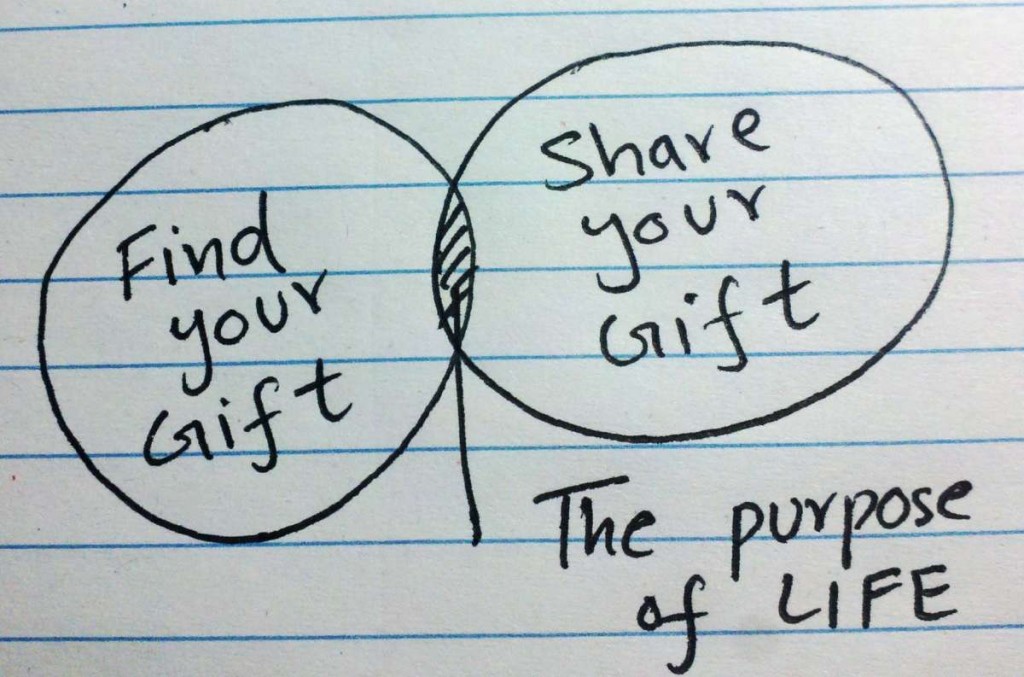Our choices seem to be freer than previously thought. Using computer-based brain experiments, researchers from Charité - Universitätsmedizin Berlin studied the decision-making processes involved in…

Magnetic resonance imaging

The brains of children who suffer clinical depression as preschoolers develop differently than those of preschoolers not affected by the disorder, a new study shows.…

The December 20 Warrior connection was a discussion on how to make the best of the Christmas - New Years holidays given the unique stressors…

Dr. Stanislaw Burzynski, M.D., established his Burzynski Institute for cancer research and healing in Houston, TX, the same city that hosts the prestigious MD Anderson…

This week on LOA Today, Uohna tells us about a Buddhist monk who has mastered the art of being happy every conscious moment of every…

The backlash against transparency is now underway. The battles being waged are likely to leave their mark over how to perform — and how to…

The Food and Drug Administration announced today it is investigating the risk of brain deposits for patients who are given repeated MRIs using imaging drugs…

With a family history of breast cancer, Marcie Jacobs decided in June 2001 that an MRI screening was her best preventive option. As is common…

We all know from first-hand experience that the digital age has most of us "plugged in" 24/7. What is the detrimental impact on parents and children of being "plugged in" to digital…

The memory center in the brains of seniors who volunteered in public schools for two years maintained their size, rather than shrinking as part of the…

Having a strong sense that your life has meaning and direction may make you less likely to develop areas of brain damage caused by blockages…
